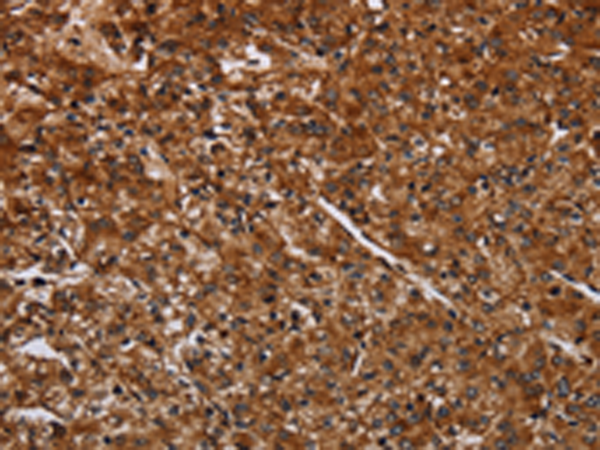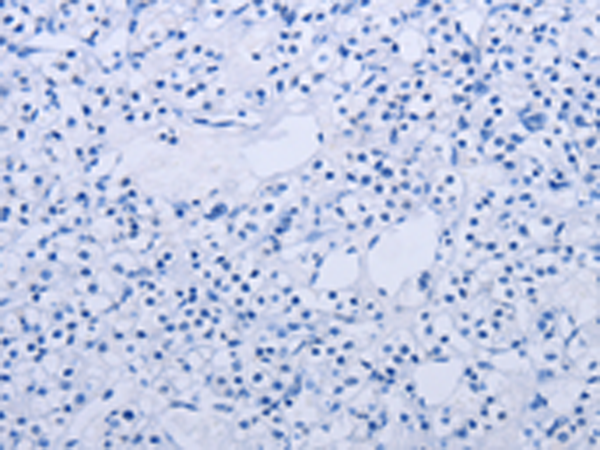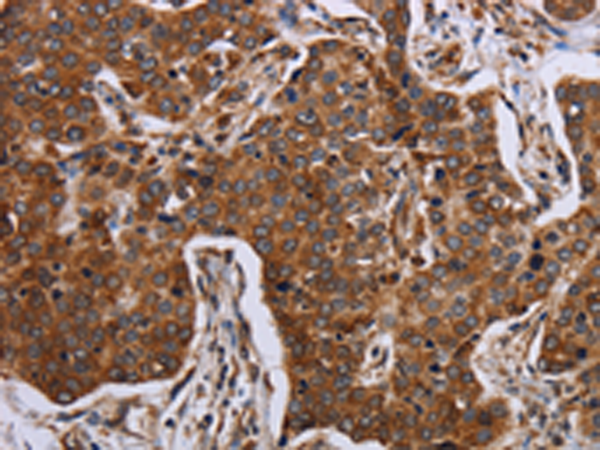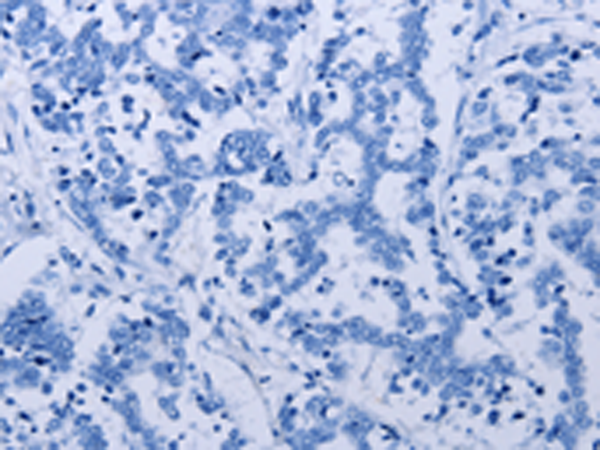| 货号: S217578 |
| 产品全名: ACP6 兔多抗 |
| 基因符号 LPAP; ACPL1; PACPL1 |
| UNIPROT ID: Q9NPH0 (Gene Accession – BC034686 ) |
| 背景: Lysophosphatidic acid phosphatase type 6 (ACP6), also designated acid phosphatase-like protein 1 (ACPL1) or lysophosphatidic acid phosphatase (LPAP), is a 428 amino acid secreted protein that hydrolyzes lysophosphatidic acid to monoacylglycerol. ACP6 is highly expressed in kidney, heart, small intestine, muscle, liver, prostate, testis, ovary and exists as two isoforms as a result of alternative splicing events. The gene encoding ACP6 maps to human chromosome 1, the largest human chromosome spanning about 260 million base pairs and making up 8% of the human genome. Notably, the rare aging disease Hutchinson-Gilford progeria is associated with the LMNA gene of human chromosome 1, which encodes lamin A. Stickler syndrome, Parkinsons, Gaucher disease, familial adenomatous polyposis and Usher syndrome are also associated with chromosome 1. Aberrations in chromosome 1 are found in a variety of cancers including head and neck cancer, malignant melanoma and multiple myeloma. |
| 抗原: Fusion protein of human ACP6 |
| 经过测试的应用: ELISA, WB, IHC |
| 推荐稀释比: IHC: 50-200;WB: 500-2000;ELISA: 2000-5000 |
| 种属反应性: Rabbit |
| 克隆性: Rabbit Polyclonal |
| 亚型: Immunogen-specific rabbit IgG |
| 纯化: Antigen affinity purification |
| 种属反应性: Human |
| 成分: PBS (without Mg2+ and Ca2+), pH 7.4, 150 mM NaCl, 0.05% Sodium Azide and 40% glycerol |
| 研究领域: Metabolism |
| 储存和运输: Store at -20°C. Avoid repeated freezing and thawing |

Immunohistochemistry analysis of paraffin embedded Human prostate cancer tissue using 217578(ACP6 Antibody) at a dilution of 1/30(Cytoplasm). | 
In comparision with the IHC on the left, the same paraffin-embedded Human prostate cancer tissue is first treated with the fusion protein and then with 217578(Anti-ACP6 Antibody) at dilution 1/30. | 
The image on the left is immunohistochemistry of paraffin-embedded Human liver cancer tissue using 217578(Anti-ACP6 Antibody) at a dilution of 1/30. | 
In comparision with the IHC on the left, the same paraffin-embedded Human liver cancer tissue is first treated with fusion protein and then with D222624(Anti-ACP6 Antibody) at dilution 1/30. | 
Gel: 8%SDS-PAGE, Lysate: 40 μg;
Lane: K562 cells;
Primary antibody: 217578(ACP6 Antibody) at dilution 1/200;
Secondary antibody: Goat anti rabbit IgG at 1/8000 dilution;
Exposure time: 5 seconds | |
|







